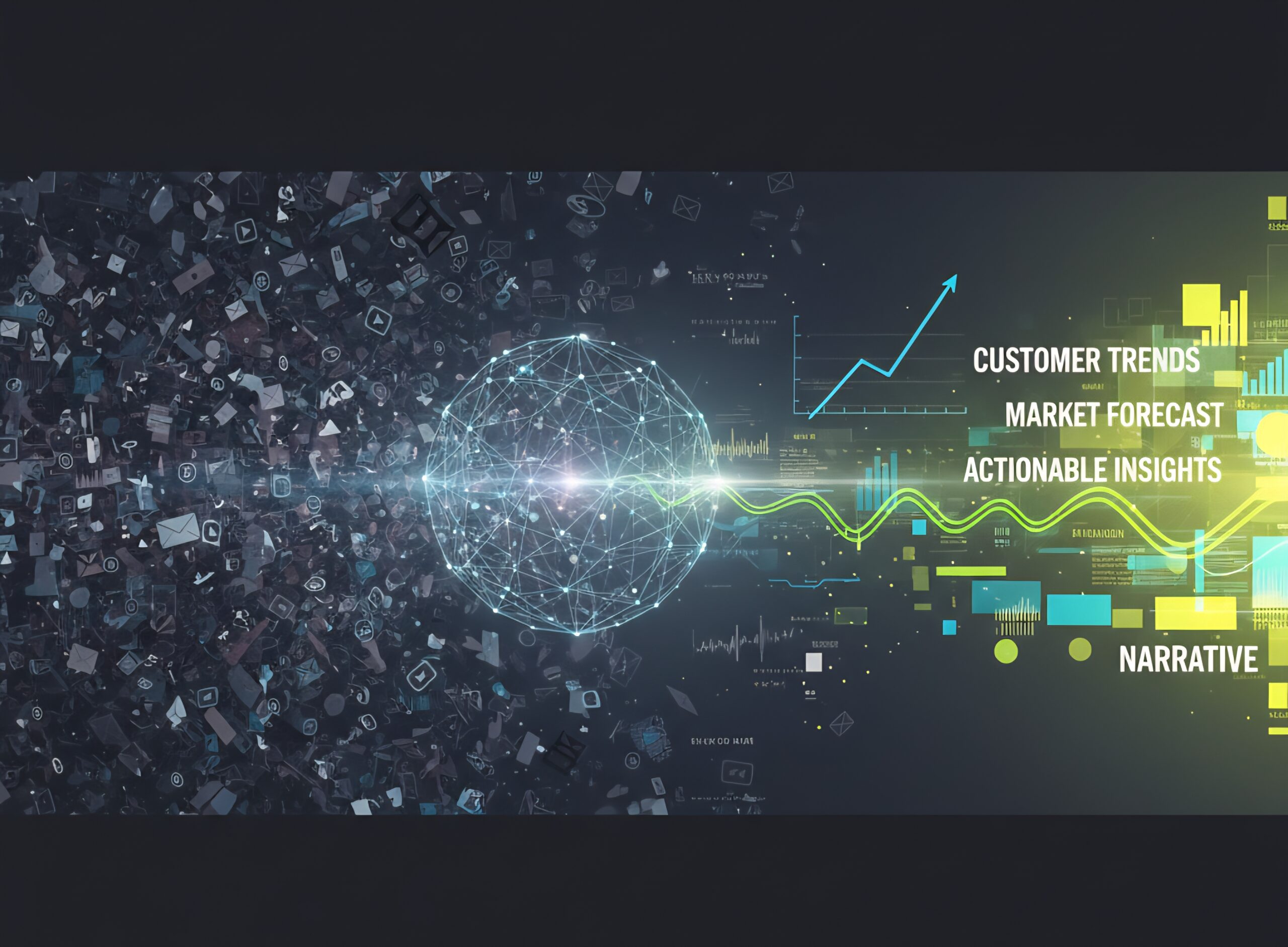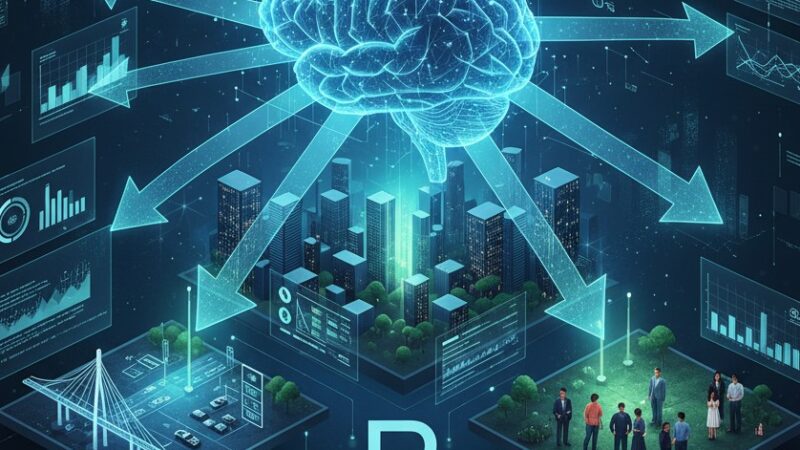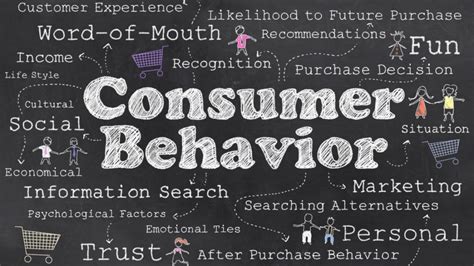From Noise to Narrative: Building Intelligence from Unstructured Data

By Brutnow Team | Brutnow Media |insights & intelligence
Article | 6, 2025 at 13:22 In today’s hyper-connected world, the volume of data generated every second is staggering. Social media posts, emails, voice messages, surveillance feeds, and IoT sensors contribute to an ever-growing ocean of unstructured information. While 80% of enterprise data is unstructured, much of it remains unused — a form of “digital noise.” The true challenge and opportunity lie in transforming this chaos into meaningful intelligence.
The Age of Unstructured Data
Unlike neatly formatted spreadsheets or databases, unstructured data has no predefined model. It includes text documents, images, videos, audio files, and even online conversations. Traditional data analysis tools struggle to handle this complexity, leaving organizations with vast silos of untapped potential.
With the rise of artificial intelligence (AI), natural language processing (NLP), and big data analytics, businesses are now beginning to turn this raw data into actionable insights. The focus has shifted from data collection to data comprehension.
From Chaos to Clarity
Building intelligence from unstructured data involves multiple layers of technology. AI-powered algorithms can now analyze sentiments in social media posts, detect anomalies in cybersecurity logs, and even interpret medical scans for early disease detection.
For example:
- Financial institutions use NLP to monitor customer feedback and detect fraud.
- Security analysts employ machine learning to identify patterns in threat data.
- Healthcare providers utilize image recognition to improve diagnostic accuracy.
What was once a flood of meaningless information is now being distilled into strategic insight — a transformation from noise to narrative.
The Human-AI Collaboration
While machines can process data at lightning speed, human judgment remains critical. AI systems can identify patterns, but context and interpretation come from human expertise. This collaboration ensures that intelligence derived from data aligns with ethical, cultural, and operational realities.
As organizations increasingly rely on AI-driven analytics, data governance, transparency, and accountability become vital. The ability to explain how decisions are derived from data is essential to maintaining public trust.
Applications Across Industries
The implications of unstructured data analysis extend across industries:
- Cybersecurity: AI can analyze millions of logs and threat indicators in real time.
- Real Estate: Predictive models built from unstructured market and customer data improve valuation accuracy.
- Media & Marketing: Sentiment analysis helps brands understand audience behavior and tailor campaigns.
- Government & Defense: OSINT (Open-Source Intelligence) transforms publicly available data into national security insights.
Each sector is learning to listen to the data’s “story” — the hidden patterns that guide smarter, faster decision-making.
The Future of Data Intelligence
As computing power advances, the boundary between structured and unstructured data will blur. AI systems will increasingly generate “contextual intelligence,” capable of interpreting emotions, tone, and intent. The future belongs to those who can blend technology with human intuition — converting unfiltered noise into narratives that drive innovation.
In the end, intelligence isn’t just about gathering information; it’s about understanding meaning. The organizations that master this art will not only predict trends but also define the future.




